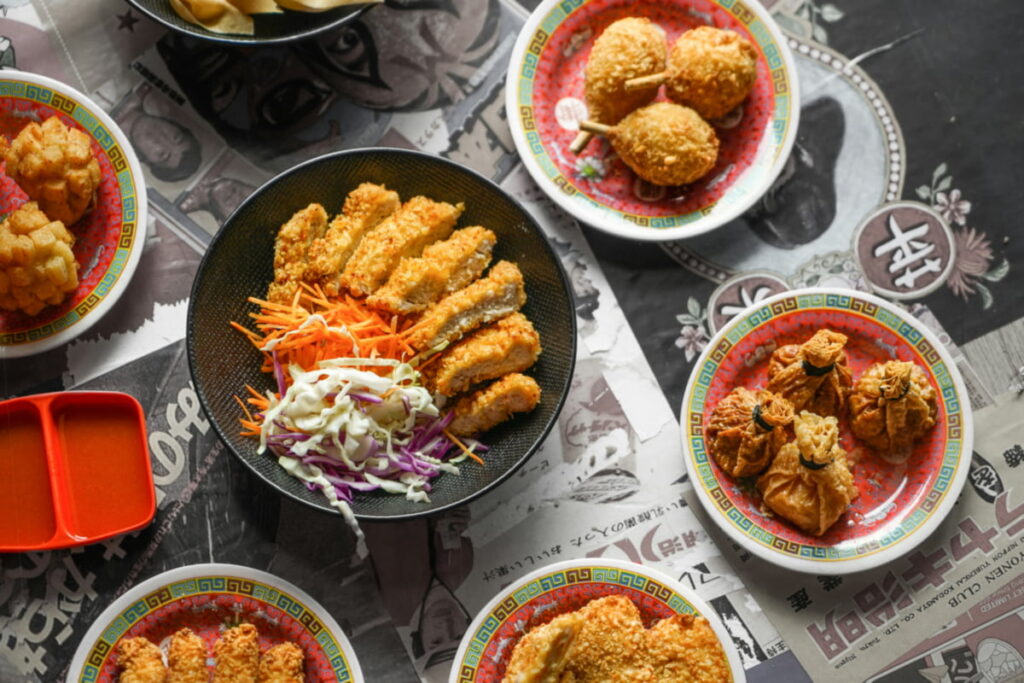
If you’ve ever opened a carton of leftover Chinese food the next day, you know the dilemma: the sauce smells amazing, but the chicken’s soggy, the rice is stiff, and the egg roll you were saving has turned limp and sad.
I’ve eaten a lot of Chinese food over my life — from late-night takeout binges to carefully saved leftovers that were too good to toss. I’ve also ruined my fair share trying to reheat them. After years of testing every method (plus stealing tricks from my chef friend Maria and a few TikTok cooks who swear by their hacks), I finally figured out how to reheat every type of Chinese dish without losing that restaurant magic.
This is the definitive guide to bringing your leftovers back to life — crispy, steamy, and better than new.
Why Reheating Chinese Food Is Tricky
Chinese dishes are texturally complex: crispy, saucy, tender, and aromatic all at once. That’s why microwaving them usually fails — the microwave heats everything the same way, when different components need totally different treatments.
- Crispy foods (like General Tso’s or orange chicken) need dry heat to crisp the batter again.
- Saucy stir-fries just need gentle heat so the sauce doesn’t break.
- Fried rice and noodles dry out easily and need a touch of moisture added back.
- Dumplings and buns can get tough or leathery unless they’re steamed.
The key rule I learned from Maria:
“Reheat food the way it was cooked. Dry heat for crispy. Moist heat for soft.”
Once I started doing that, my leftovers started tasting like real takeout again.
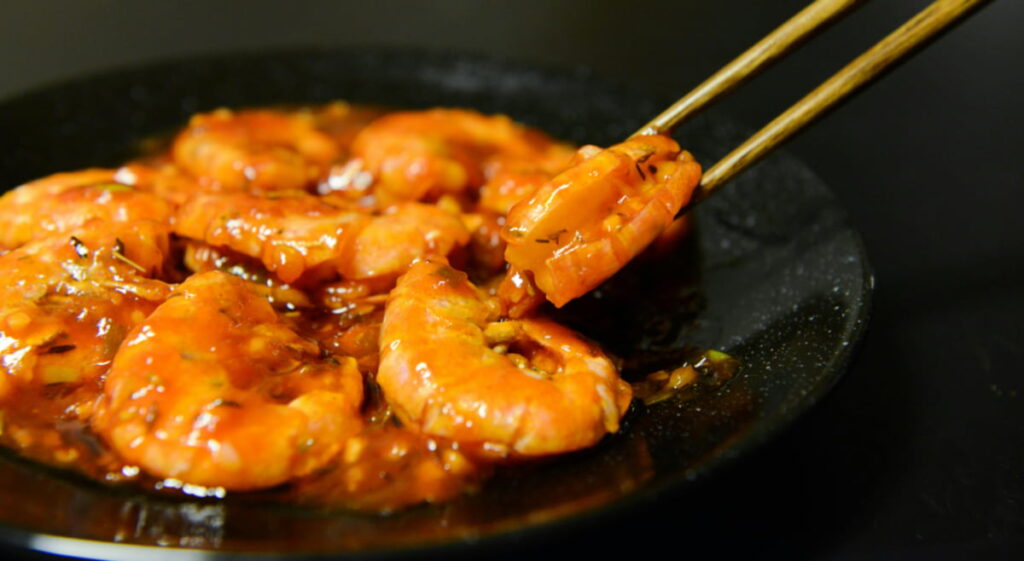
The Golden Rule: Match the Heat to the Dish
Before we jump into dish-specific methods, here’s the simple matrix I follow in my kitchen:
| Type | Original Cooking Method | Best Reheating Method |
| Fried / Battered | Deep fried | Oven or air fryer |
| Stir-fried | Wok / high-heat sauté | Skillet or wok |
| Steamed | Bamboo steamer | Steamer basket or gentle microwave |
| Fried rice / noodles | Wok fried | Skillet or wok with splash of liquid |
| Dumplings | Pan-fried + steamed | Skillet with lid, or re-steam |
| Egg rolls | Deep fried | Oven or air fryer |
What Really Happens When You Reheat Chinese Food
Here’s the quick food science (because once you understand the why, the how makes sense):
- Moisture migration: Fridge-cold sauces and starches separate as water moves into the food. Gentle heat helps redistribute moisture and rebalance texture.
- Oil congealment: Oils and fats solidify when chilled; mild reheating melts them smooth again and restores shine
- Starch retrogradation: Rice and noodles harden as starch crystals form in the fridge; steam dissolves those crystals and brings back softness.
- Steam balance: Too little steam leaves food dry and stiff; too much makes it soggy. Matching heat and moisture to the dish restores the original texture.
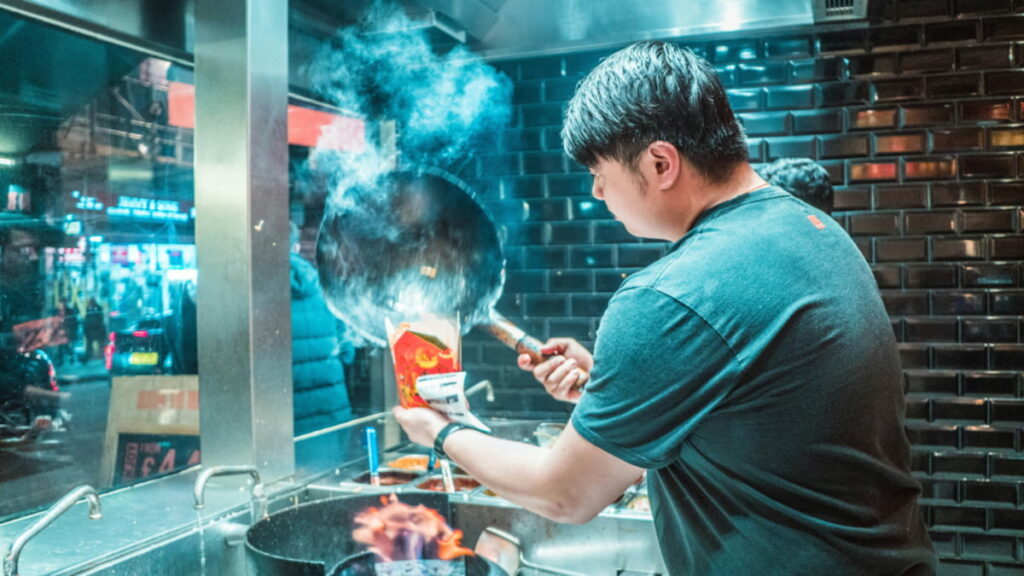
The Tools That Make a Difference
Remember that golden rule “for the most part”, how it was cooked is how it should be reheated.
- Air fryer: Brings fried favorites, like crispy chicken, egg rolls, and crab rangoons, back to life with dry, circulating heat that mimics the deep fryer.
- Cast iron skillet or wok: Perfect for stir-fries, fried rice, and lo mein. It gives you that quick, high heat (and even a hint of wok hei) that microwaves can’t touch.
- Steamer basket or bamboo steamer: Gentle, moist heat for dumplings, bao, and siu mai, keeps the wrappers soft and the filling juicy.
- Wire rack: Use it in the oven for battered foods so hot air hits the bottom too, not just the top, no more soggy bottoms.
- Microwave-safe cover or damp paper towel: A quick way to trap steam and add moisture back to rice, buns, and noodles without drying them out.
How to Reheat Fried & Battered Chinese Dishes
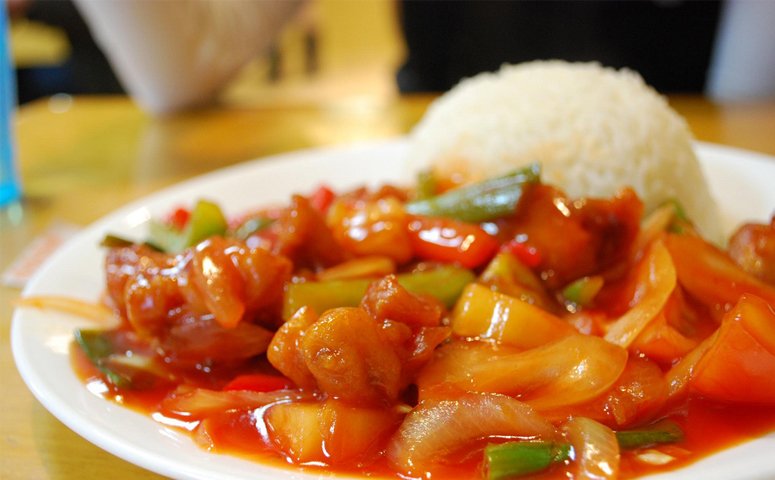
(Sweet and Sour Chicken, General Tso’s, Orange Chicken, Sesame Chicken, Honey Garlic Chicken)
Reheatability: ★★★★★
Best for: Restoring crisp texture and sticky glaze flavor.
Fried and battered dishes are the crown jewels of Chinese takeout, perfectly crisp outside, tender inside, and covered in sweet-savory sauce. But by the next day, the coating softens as the sauce soaks in and steam collapses the crunch.
What happens when it cools:
The batter absorbs sauce and moisture, turning chewy. In the fridge, oil congeals and makes the coating feel soggy. Reheating must remove that excess moisture without drying out the meat.
Why Oven or Air Fryer Works Best
Both deliver dry, circulating heat, exactly what battered food needs. The goal is to evaporate moisture from the crust so it crisps again, while the inside gently reheats.
- Air fryer: Circulates hot air fast, crisping the outer coating evenly.
- Oven: Gentle radiant heat crisps without overcooking.
Microwaves, by contrast, heat through water molecules. That steam gets trapped in the coating, which is why you end up with “wet breading.”
How to Reheat (Step-by-Step)
If the sauce is separate:
- Preheat air fryer to 350°F or oven to 375°F.
- Spread chicken in a single layer on a wire rack (never foil or a tray, you need airflow).
- Reheat 5–6 minutes in air fryer or 10–12 minutes in oven until the crust feels firm.
- Meanwhile, warm sauce on stovetop or in microwave until hot.
- Toss chicken in sauce just before serving.
If the sauce is already mixed in:
- Line a small baking sheet with parchment (sauce will bubble).
- Heat at 375°F for 10 minutes uncovered, the top crisps while sauce reheats.
- Flip once halfway through.
- If edges dry out, brush a teaspoon of sauce over them in the last minute.
No air fryer or oven?
Use a skillet:
- Heat 1 tbsp oil over medium heat.
- Add chicken in a single layer.
- Cook 1–2 minutes per side until edges crisp.
- Add a tablespoon of water, cover 30 seconds to steam through.
What to Avoid When Reheating Fried Chinese Food
- Microwave-only reheating. It traps steam and ruins texture.
- Foil-lined pans. The bottom steams instead of crisping.
- Overheating. If it’s smoking, you’re drying the meat.
My Tests
I tested General Tso’s three ways: microwave, skillet, air fryer.
- Microwave: soft, oily, uninspiring.
- Skillet: better, but uneven.
- Air fryer: near-perfect, glossy outside, crisp edges, juicy center.
How to Reheat Lo Mein and Chow Mein Noodles
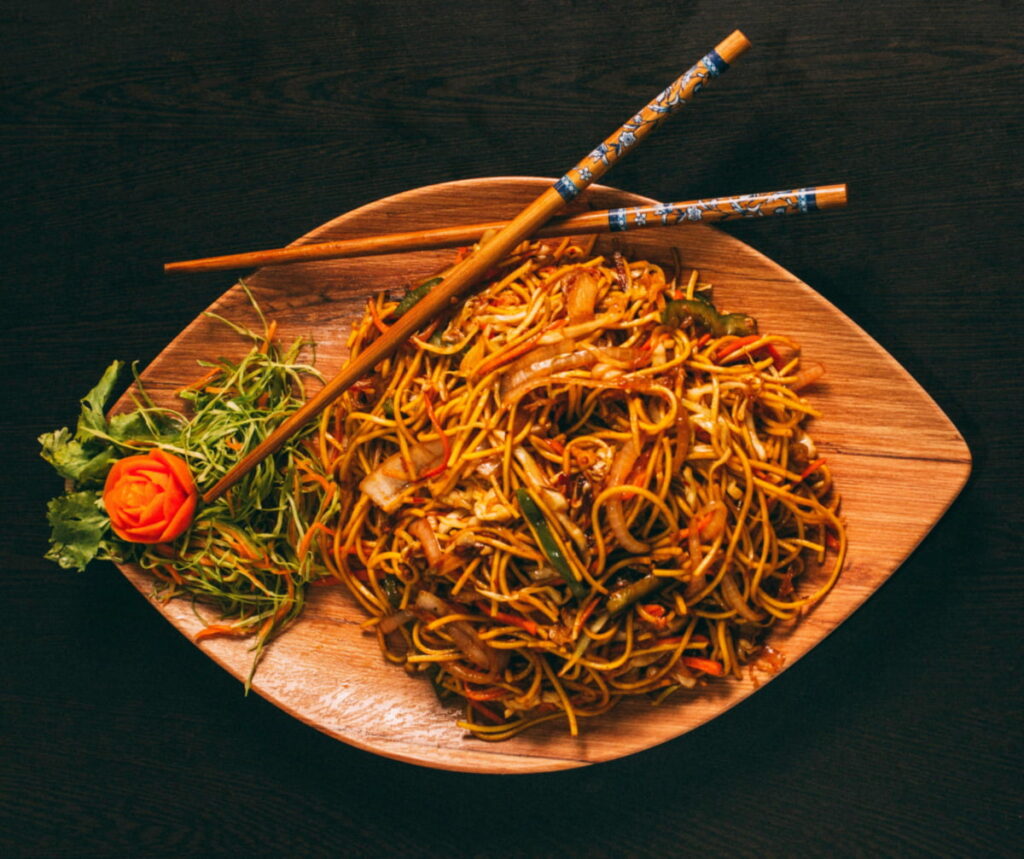
(Chicken Lo Mein, Beef Chow Mein, Vegetable Lo Mein, Singapore Noodles)
Reheatability: ★★★★☆
Best for: Bringing noodles back to that perfect balance, soft but springy, saucy but not greasy.
Noodles are one of the best parts of a Chinese takeout order, glossy, flavorful, and slurpable. But after a night in the fridge, they can turn into one tangled, oily clump. The trick to bringing them back is all about moisture and movement.
The Best Way to Reheat Lo Mein or Chow Mein
Skillet or Wok (Best Overall)
This method revives noodles beautifully, it loosens the sauce, reheats evenly, and brings back that just-tossed shine.
- Heat a skillet or wok over medium heat.
- Add 1 teaspoon of oil (sesame or neutral).
- Add your noodles and splash in 1–2 tablespoons of water or broth.
- Toss or stir constantly for 2–4 minutes, breaking up clumps with chopsticks or tongs.
- Once hot and glossy, taste and finish with a drizzle of soy sauce or a few drops of sesame oil for freshness.
💡 Pro tip: If your noodles are really dry, cover the skillet for 30 seconds midway, the quick burst of steam helps separate them without overcooking.
Microwave (Best for Convenience)
If you’re just heating one bowl, the microwave works fine with the right steam trick.
- Place noodles in a microwave-safe bowl.
- Sprinkle 1 tablespoon of water over the top.
- Cover with a damp paper towel or microwave-safe lid.
- Heat in 30-second bursts, stirring or flipping halfway until hot (about 1½–2 minutes total).
💡 My trick: After microwaving, give them a quick toss with a fork or drizzle of soy sauce, it wakes the flavor right up.
What to Avoid When Reheating Noodles
- No dry heat: It’ll make the noodles hard or brittle.
- No oversteaming: Too much water turns them gummy.
- No lid for too long: Steam is good, soggy isn’t.
- No skipping the stir: Keeps texture even and prevents sticking.
How to Reheat Stir-Fried Chinese Dishes
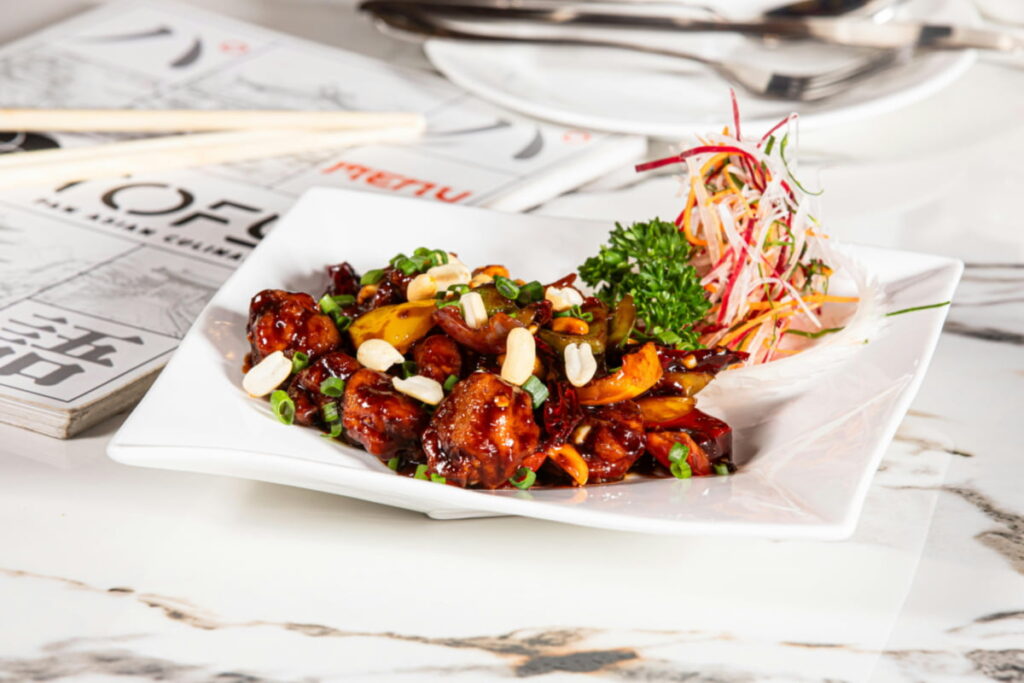
(Beef and Broccoli, Kung Pao Chicken, Mongolian Beef, Chicken with Garlic Sauce)
Reheatability: ★★★★☆
Best for: Bringing back glossy sauce, tender meat, and crisp-tender vegetables.
Next to fried dishes, stir-fries are my favorite Chinese leftovers. They’re quick, bold, and loaded with flavor, but the next day, they never look quite the same. The sauce tightens, the veggies slump, and the meat just isn’t as silky.
Why the Skillet or Wok Wins Every Time
Back in college, my friend Jun, who was Chinese and an incredible home cook, told me, “Use a skillet or wok for stir-fry leftovers. You’ll never go wrong.”
He was absolutely right.
A hot pan brings stir-fries back to life in minutes, the quick, high heat revives the sauce and that wok-seared flavor without turning anything soggy. A wok is ideal for fast, even tossing, but a skillet works almost as well; the microwave’s fine in a pinch, just expect softer veggies.
How to Reheat (Step-by-Step)
- Heat your skillet or wok over medium-high heat until it’s good and hot.
- Add 1 teaspoon of oil, peanut, canola, or whatever neutral oil you have.
- Toss in your leftovers and splash in about a tablespoon of water or broth to loosen the sauce.
- Stir constantly for 2–4 minutes, until the sauce turns glossy again and the meat is heated through.
- Taste and finish with a drizzle of soy sauce or sesame oil to brighten the flavor, it’s like giving it a fresh stir-fry finish.
What to Avoid (Lessons I Learned the Hard Way)
- No low heat: I used to think slow was better. It’s not. It just makes the veggies soggy.
- No lid: That traps steam and ruins the texture.
- No microwave-only reheats: It softens everything and kills that wok flavor Jun always talked about.
- No extra oil: You’re reheating, not cooking again, a teaspoon is plenty.
My Tests
I tested reheating Beef and Broccoli three ways: microwave, oven, and skillet.
- Microwave: Soft broccoli, meh sauce, chewy beef.
- Oven: Decent heat, but the sauce dried out.
- Skillet: Perfect. Glossy sauce, tender meat, bright green broccoli. It smelled exactly like it did the night I ordered it.
How to Reheat Dumplings and Potstickers Without Ruining the Wrapper
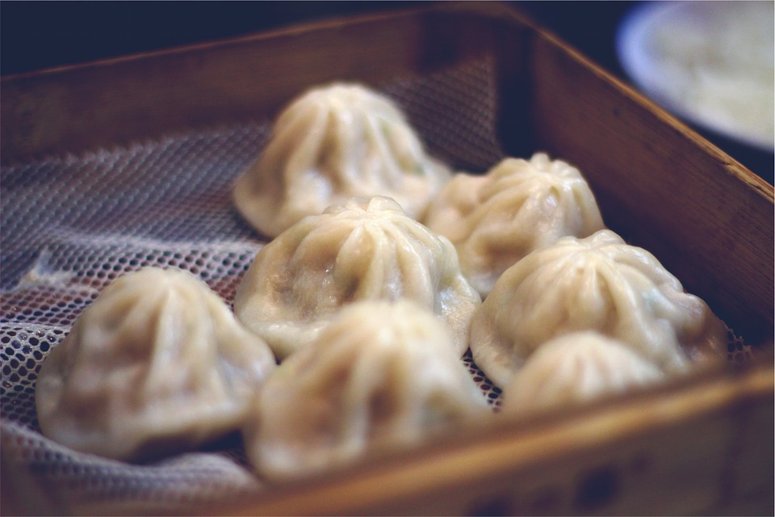
(Steamed Dumplings, Pan-Fried Dumplings, Potstickers, Gyoza, Shu Mai, Bao Buns)
Reheatability: ★★★★☆
Best for: Keeping skins tender, fillings juicy, and bottoms (if pan-fried) crisp.
Dumplings are incredible when fresh, soft, steamy, and full of flavor, but once they’ve been in the fridge, the wrappers tighten and the filling firms up. I learned the hard way that the secret to reviving them is simple: reheat them the same way they were cooked.
Steamed Dumplings (Shu Mai, Har Gow, Bao)
Use gentle steam to loosen the wrappers and warm the filling without drying it out.
- Set up a steamer basket or bamboo steamer over simmering water.
- Line with parchment or cabbage leaves so they don’t stick.
- Steam 5–7 minutes, or 1–2 minutes more if frozen.
Pan-Fried Dumplings or Potstickers
They need a combo of crisp and steam, dry heat for the bottoms, moist heat for the tops.
- Heat 1 tsp oil in a nonstick skillet over medium heat.
- Add dumplings flat-side down; cook 1–2 minutes until bottoms sizzle.
- Add 2 tbsp water, cover, and steam 2–3 minutes.
- Uncover and cook 1 minute more to re-crisp.
Boiled Dumplings (Jiaozi)
Re-boil gently so they don’t fall apart.
- Bring water to a gentle simmer.
- Add dumplings and cook 1–2 minutes, just until they float.
- Drain and toss with a few drops of sesame oil to prevent sticking.
Microwave (If You Must)
It works in a pinch, just go low and slow.
- Place on a plate, sprinkle with water, and cover with a damp paper towel.
- Heat in 20-second bursts, checking often.
How to Reheat Chinese Soup
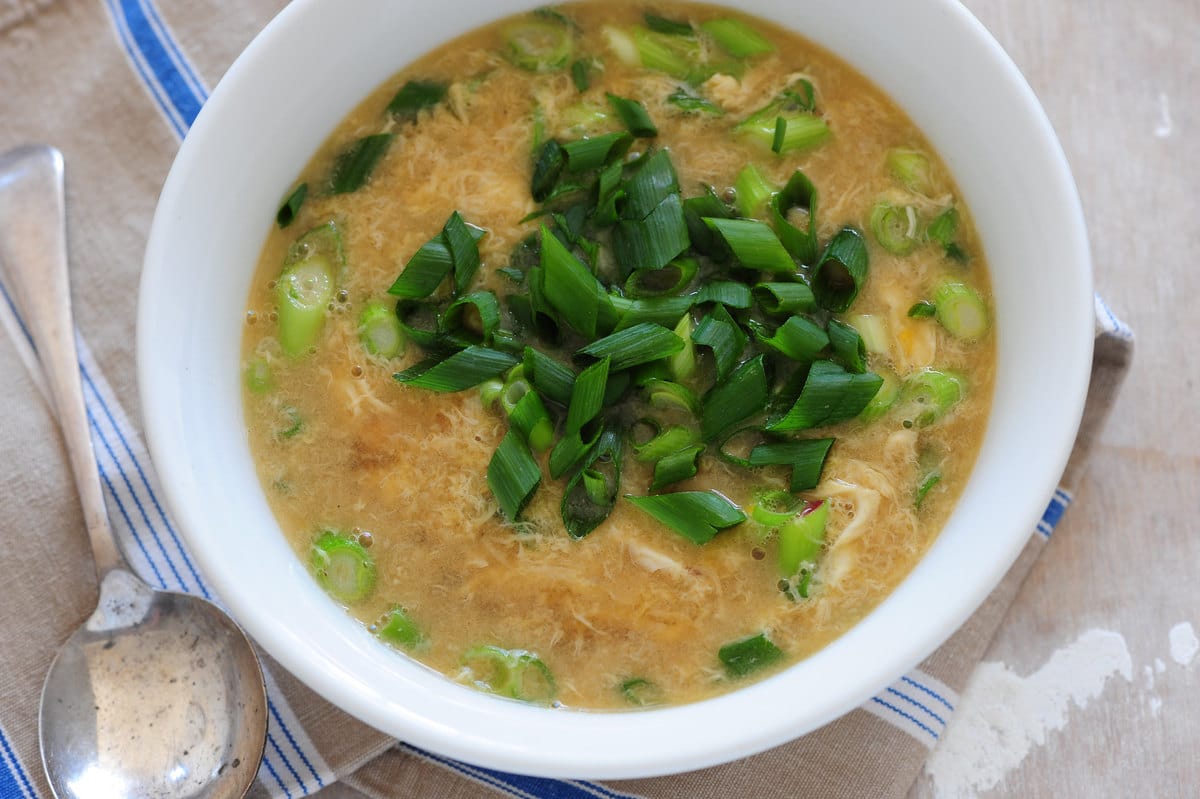
(Egg Drop Soup, Hot and Sour Soup, Wonton Soup, Miso Soup, Corn Soup)
Reheatability: ★★★★★
Best for: Bringing back flavor, silky texture, and keeping the broth clear.
Soups are the easiest Chinese leftovers to revive, they just need gentle heat. When they cool, fat solidifies on top and starch thickens at the bottom, so the key is warming slowly and stirring as you go.
Best Method: Stovetop
Pour soup into a small pot and heat over medium-low, stirring occasionally until steaming (not boiling). Add a splash of water or broth if it’s too thick.
Microwave Shortcut
For one bowl, heat in 30-second bursts, stirring between each until hot. If it has dumplings, reheat the broth separately, then add them back so they stay tender.
Avoid: Boiling, plastic takeout containers, and skipping the stir, those are the fast tracks to cloudy broth.
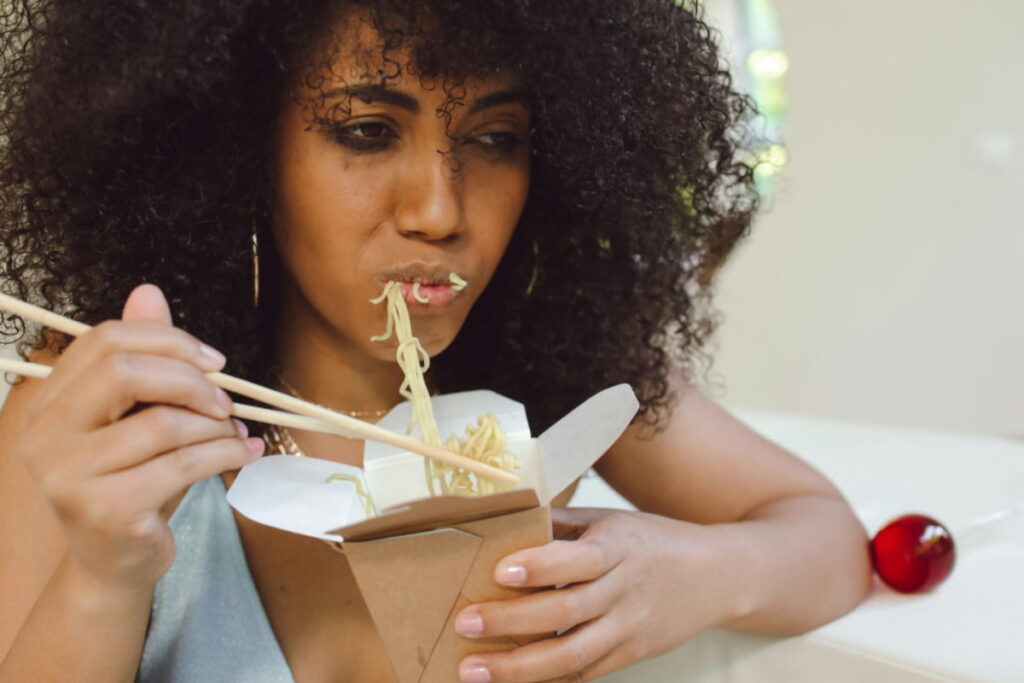
Common Reheating Mistakes (and How I Fixed Them)
When I first started trying to bring leftover Chinese food back to life, I made every mistake in the book. It took a lot of soggy egg rolls and rubbery beef to figure out what not to do, here’s what I learned the hard way.
1. Microwaving everything. It’s fast, sure, but it’s the main reason most leftovers go wrong. Microwaves heat unevenly, trap steam, and destroy texture. Now I only use it for soups, sauces, and a few dumplings, never for anything meant to be crisp.
2. Forgetting to add moisture. Rice, noodles, and stir-fries dry out in the fridge because starches harden over time. A tablespoon of water or broth when reheating changes everything, it brings back softness without turning it soggy.
3. Overheating. Hotter isn’t better. Reheating too long dries the sauce and toughens the meat. Medium heat and patience always win.
4. Not separating the sauce. If you can, store sauce and protein separately. When they’re mixed, the batter or coating turns limp. A few extra seconds to divide them up when storing saves you from disappointment later.
5. Expecting perfection. Leftovers won’t ever be exactly the same as fresh takeout, and that’s okay. With a little care, they can be just as satisfying in their own way: crisp edges, glossy sauce, and the comfort of a good meal revived.
Final Thoughts: The Takeout Rule I Live By
After years of trial, error, and more takeout than I’ll admit, I’ve learned one simple truth: reheat food the way it was cooked. Dry heat for crispy, moist heat for tender, and just enough patience to let it come back to life.
Now, I actually look forward to leftovers, the next-day version of sweet and sour chicken or pork fried rice can be just as good (sometimes even better) when done right.
If this guide helped you save a meal or two, here’s your new mantra: Don’t nuke it, revive it.